In a ‘monumental shift’, EU coal and gas collapse as wind and solar ascend
Baua Electric
FEBRUARY 6, 2024
Photo: Hornsea Project Europe’s coal electricity generation tanked by 26% and gas by 15% in 2023, according to a new report from energy think tank Ember. What’s more, for the first time, wind power, which grew by 18%, surpassed gas, which only accounted for 17% of Europe’s electricity. Wind and solar power are now taking center stage.

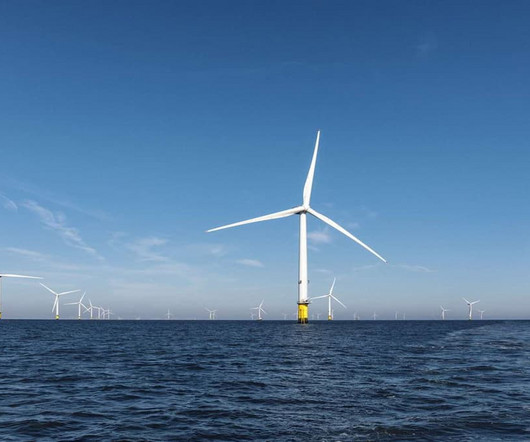


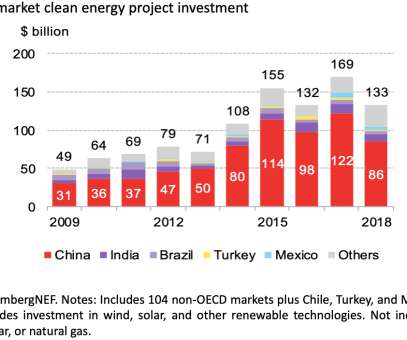

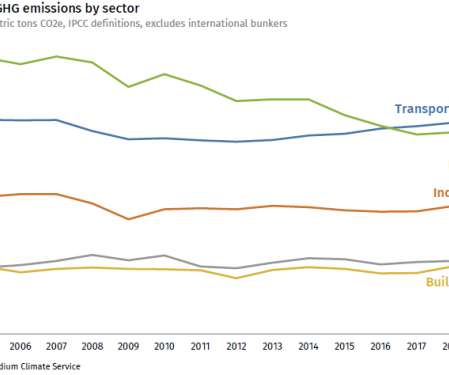


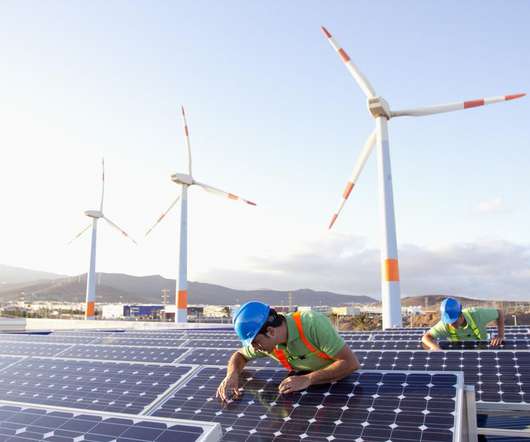

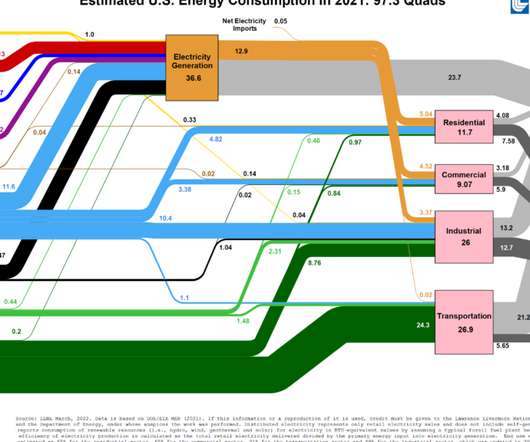
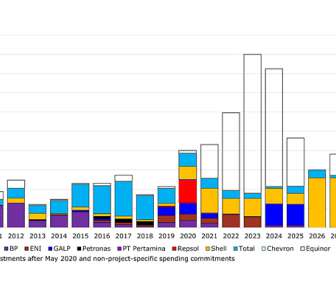


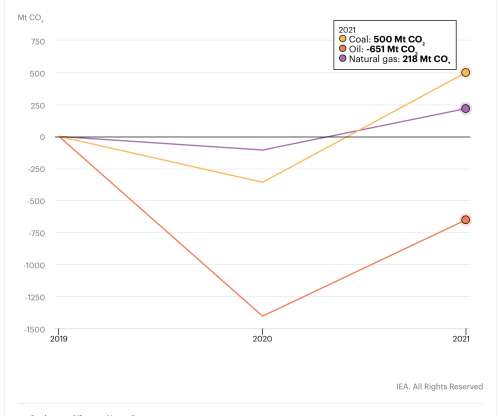
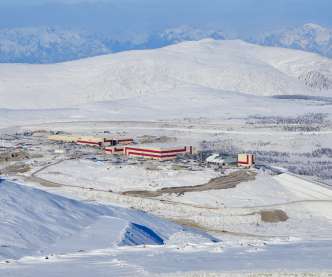






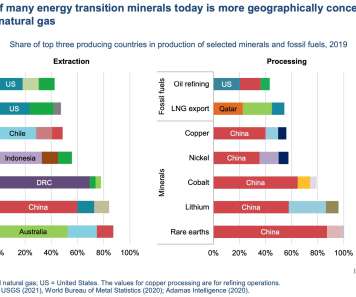


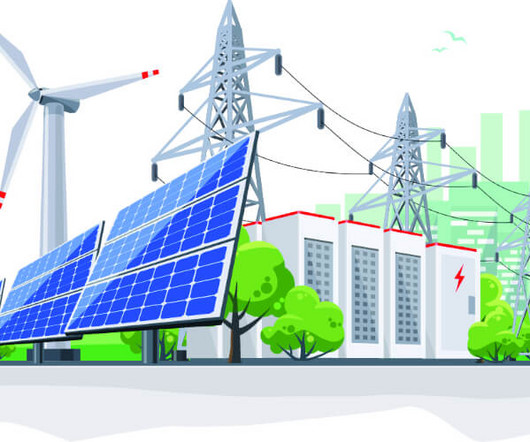




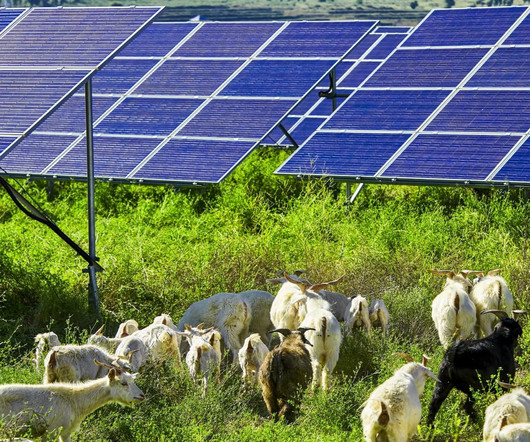











Let's personalize your content